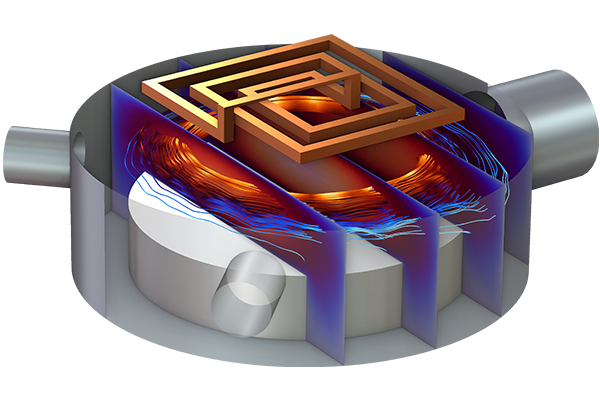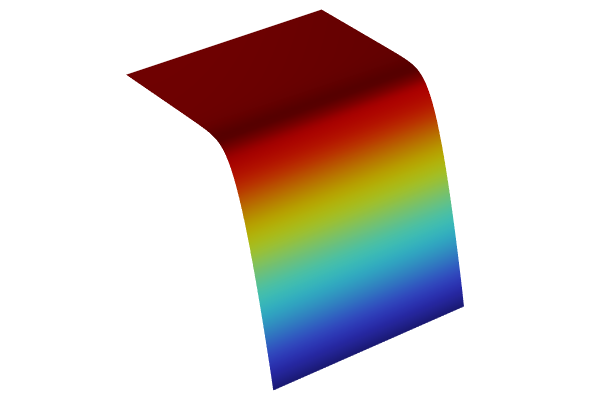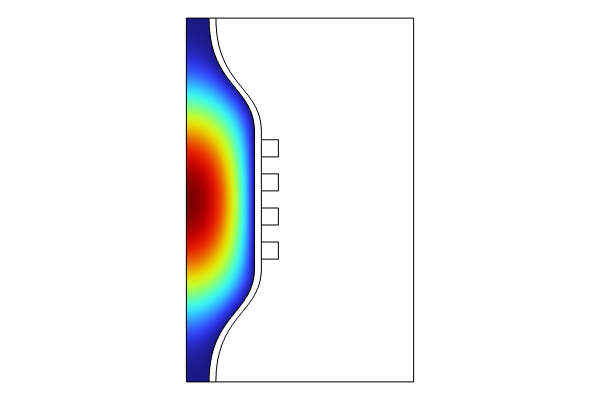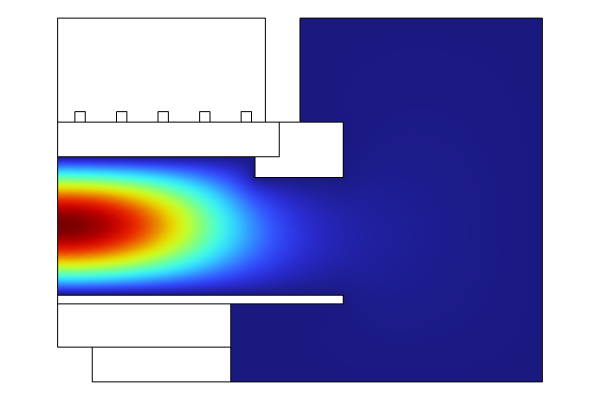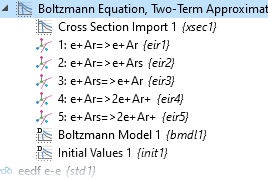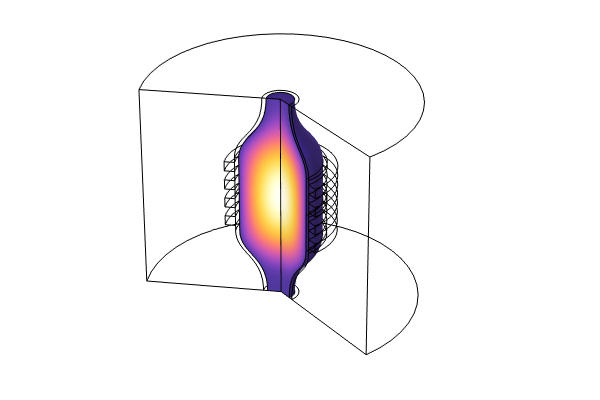Introduction to Nonequilibrium Discharges and Plasma Modeling
In Part 1 of this course on modeling nonequilibrium plasma using COMSOL Multiphysics® and the Plasma Module, we begin by explaining the differences between nonequilibrium plasma and equilibrium plasma, focusing on the former. Following this, we go over how the Plasma Module uses a fluid model with drift-diffusion approximation for modeling nonequilibrium discharges. We also discuss different cases where the Plasma Module is valid to use and why (with the topic of collisional plasma being introduced at this time). We then discuss plasma modeling and simulations in general, addressing how and why they can be so complex — this discussion dives into the numerical modeling factors that also result in these types of models being complex.
Furthermore, you will get an overview of the main plasma physics interface for modeling nonequilibrium discharges: the Plasma interface. We explain how this multiphysics interface combines electron transport (drift diffusion), heavy species transport, and electrostatics, and go into detail for each respective physics. This includes, for example, outlining the model equations used. Lastly, we discuss the critical data required for plasma simulations, including the plasma chemistry, electron impact cross-section data, and the diffusion model.
请提交与此页面相关的反馈,或点击此处联系技术支持。

